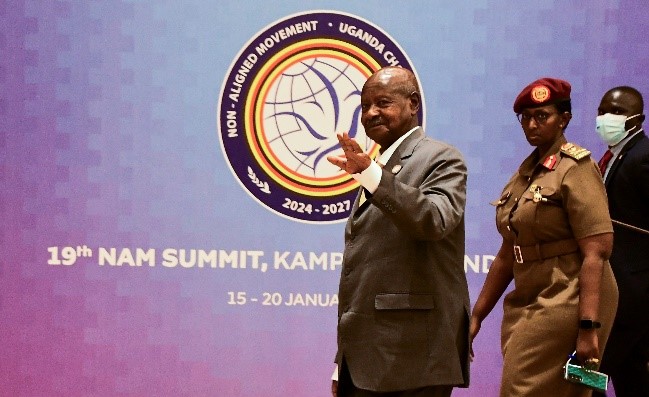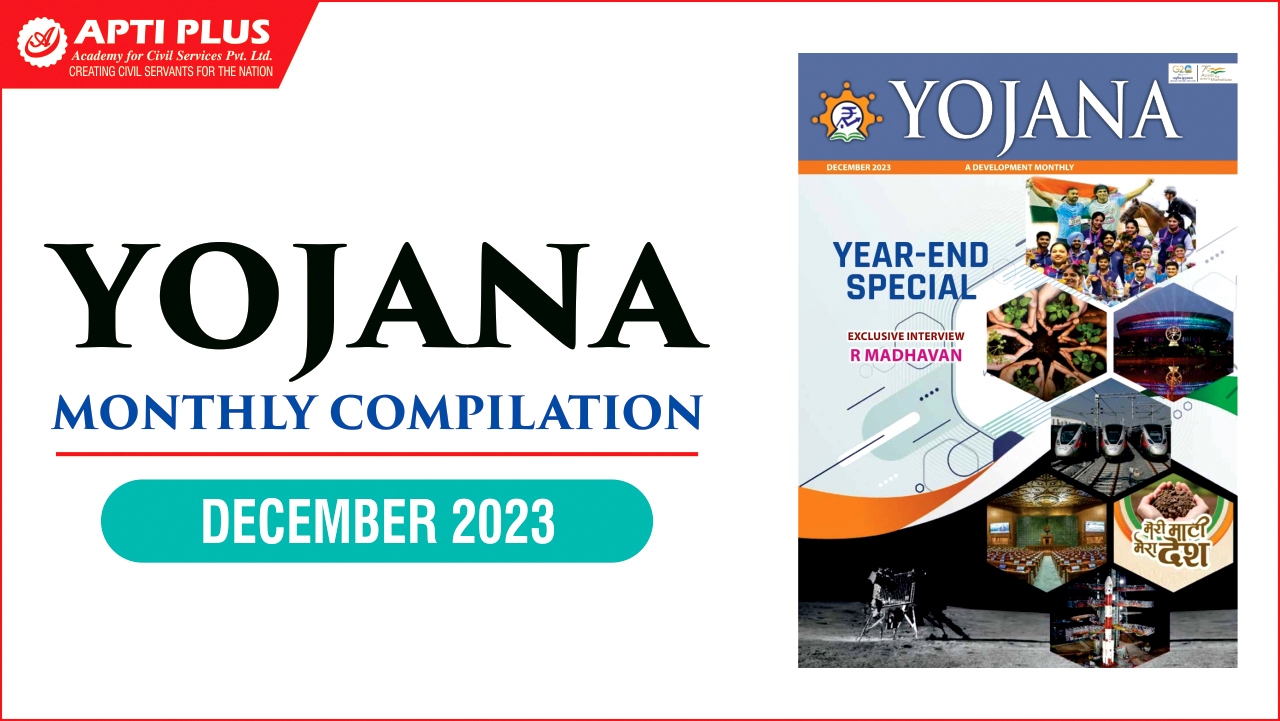
Disclaimer: Copyright infringement not intended.
Context
- The violence in Gaza requires a “sustainable solution”, said External Affairs Minister S. Jaishankar speaking at the 19th NAM summit in Ugandan capital Kampala.
Other Highlights in NAM Summit
- India's unwavering commitment as 'Vishwa Mitra' (friend of the world) to global solidarity and cooperation.
- India's global outreach and extensive contributions to the changing world order.
- The world is facing new forms of inequality and a multipolar world with a reformed United Nations is highly required.
- India's steps towards transforming global order, such as the inclusion of the African Union (AU) in the G20, that should inspire reformed multilateralism.

Non-Aligned Movement (NAM): An Overview
Formation and Purpose:
- Founded in 1961 in Belgrade, Yugoslavia, by leaders like Tito, Nehru, Nasser, Nkrumah, and Sukarno.
- A response to Cold War polarization, aiming to counterbalance power blocs.
Principles and Goals:
- Principles from the Bandung Conference (1955) guided its establishment.
- Havana Declaration (1979) emphasizes safeguarding national independence, sovereignty, and opposing imperialism.
- Non-alignment, sovereignty, and mutual respect.
- Uphold principles of avoiding major power bloc alignment.
Membership and Influence:
- 120 member countries, making it the largest global grouping after the United Nations.
- Represents nearly two-thirds of UN members and 55% of the world's population.
Historical Impact:
- Key role in major Cold War successes: decolonization, disarmament, anti-racism, and opposition to apartheid.
- Maintained relevance despite conflicts among members and varying alliances with major powers.
Post-Cold War Focus:
- Shifted focus post-1991 to developing multilateral ties, unity among developing nations.
- Emphasis on collaboration within the Global South.
Relevance of the Non-Aligned Movement (NAM) in today's times
Multipolarity and Global Governance:
- NAM remains relevant in a world characterized by multipolarity, where various power centers compete for influence.
- NAM offers a platform for member states to collaborate on global governance issues, advocating for a more inclusive and representative international system.
Economic Cooperation and Development:
- Many NAM member countries are developing nations facing common economic challenges.
- NAM can serve as a forum for fostering economic cooperation, sharing development strategies, and addressing issues like trade imbalances and economic inequality.
Peace and Security:
- NAM's principles of non-alignment and opposition to imperialism are still pertinent in contemporary conflicts.
- Provides a space for member states to advocate for peaceful resolutions to conflicts and resist external interference.
Climate Change and Sustainable Development:
- With a focus on the Global South, NAM can play a role in addressing challenges like climate change and sustainable development.
- Collaboration on environmental issues and sharing best practices for sustainable development aligns with NAM's principles.
Human Rights and Social Justice:
- NAM's historical commitment to opposing racism, colonialism, and imperialism remains relevant in addressing contemporary human rights challenges.
- Provides a collective voice for member states in advocating for social justice and equality on the global stage.
Global South Solidarity:
- NAM can foster solidarity among developing nations, encouraging cooperation on shared challenges.
- Offers a platform for joint initiatives that promote the interests of the Global South in international forums.
Neutral Diplomacy:
- Non-alignment principles allow member states to engage diplomatically without aligning with major power blocs.
- Facilitates diplomatic maneuvering and strategic autonomy for member nations.

Challenges Facing NAM:
Diverse Membership:
- Managing diverse political ideologies, economic models, and strategic interests among member states.
- Impact: Internal disagreements and difficulty in formulating a unified stance on global issues.
Geopolitical Shifts:
- Challenge: Adapting to rapid changes in global geopolitics and emerging power dynamics.
- Impact: Risk of diminishing relevance and effectiveness in addressing contemporary challenges.
Internal Disagreements:
- Addressing disagreements among member states on international issues.
- Impact: Hinders cohesive decision-making and weakens the collective diplomatic influence of NAM.
Economic Disparities:
- Tackling economic disparities among member states, hindering collective economic initiatives.
- Impact: Limits the effectiveness of joint development goals and economic cooperation.
Security Concerns:
- Balancing non-interference principles with addressing security threats, terrorism, and regional conflicts.
- Impact: Struggles to present a unified stance on pressing security issues.
Way Forward
Adaptability:
- Embrace adaptability to changing global dynamics and reassess the relevance of NAM's principles.
Strengthen Internal Unity:
- Promote dialogue and mediation mechanisms to address internal disagreements.
Global Governance Reform:
- Advocate for reform in global governance institutions to increase NAM's influence.
Economic Collaboration:
- Enhance economic collaboration and initiatives among member states to address disparities.
Security Cooperation:
- Develop mechanisms for security cooperation that balance non-interference with collective responses.
Revitalize Diplomacy:
- Strengthen diplomatic initiatives, including people-to-people exchanges, cultural ties, and educational programs.
Inclusive Decision-Making:
- Ensure inclusivity in decision-making processes, considering the interests of all member states.
Global Challenges Response:
- Collaborate on addressing global challenges through joint initiatives.
Capacity Building:
- Support capacity-building programs among member states to enhance capabilities.
Promote Multilateralism:
- Advocate for effective multilateralism and the rule of law on the global stage.
Leadership Role:
- Encourage leadership from influential member states to guide the movement.
Engage with Emerging Powers:
- Actively engage with emerging powers to expand NAM's influence.
Regular Summit Reviews:
- Conduct regular reviews of NAM summits to assess achievements and recalibrate strategies.
|
PRACTICE QUESTION
Q. In the context of contemporary global dynamics, discuss the challenges and relevance of the Non-Aligned Movement (NAM) and suggest key strategies for enhancing its effectiveness.
|




